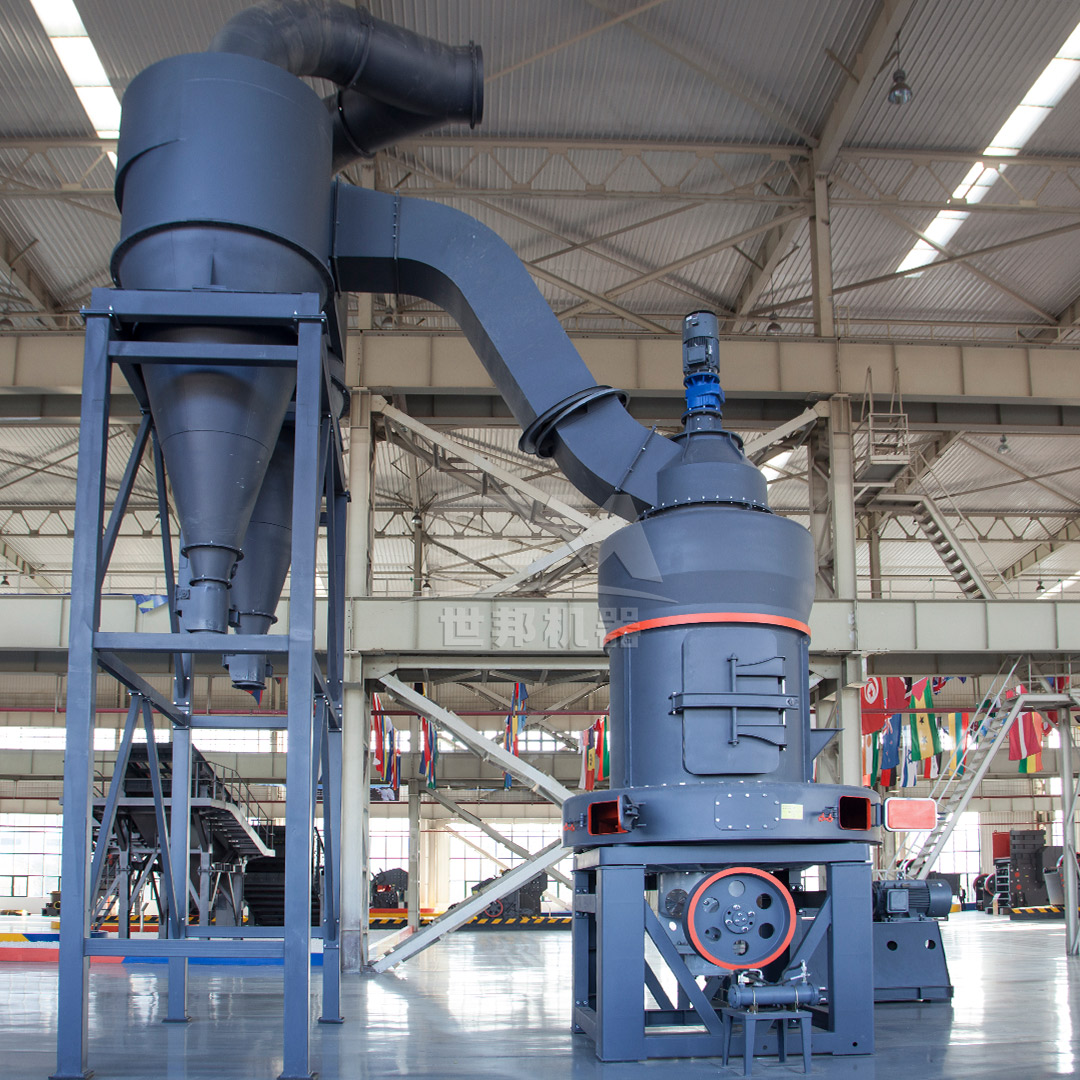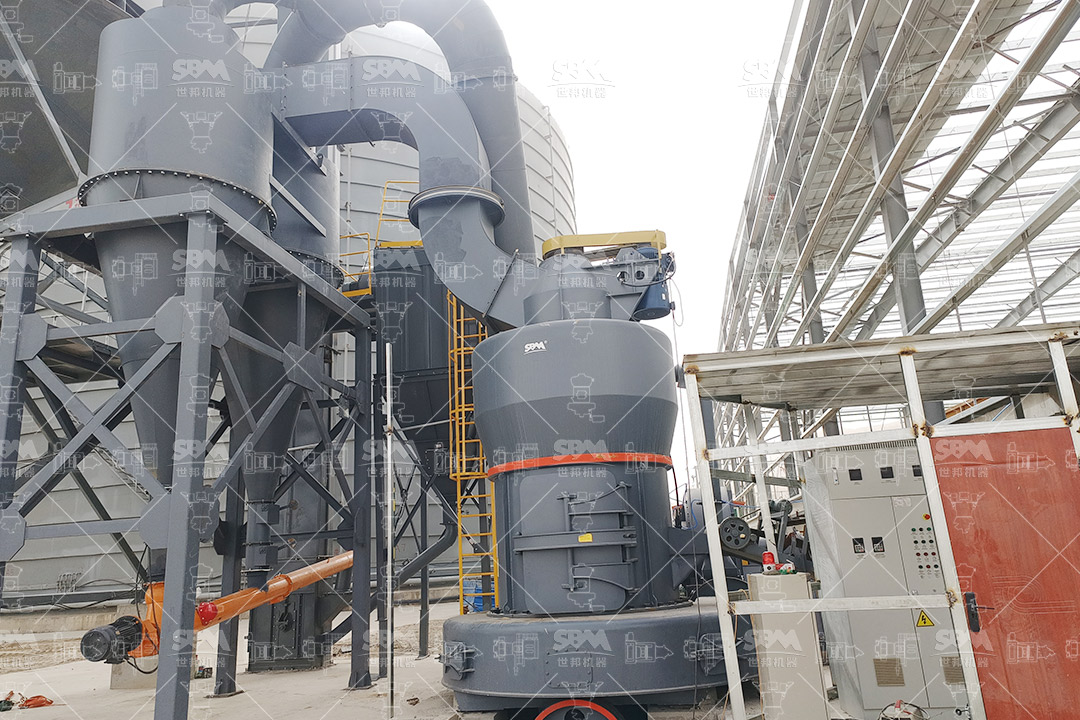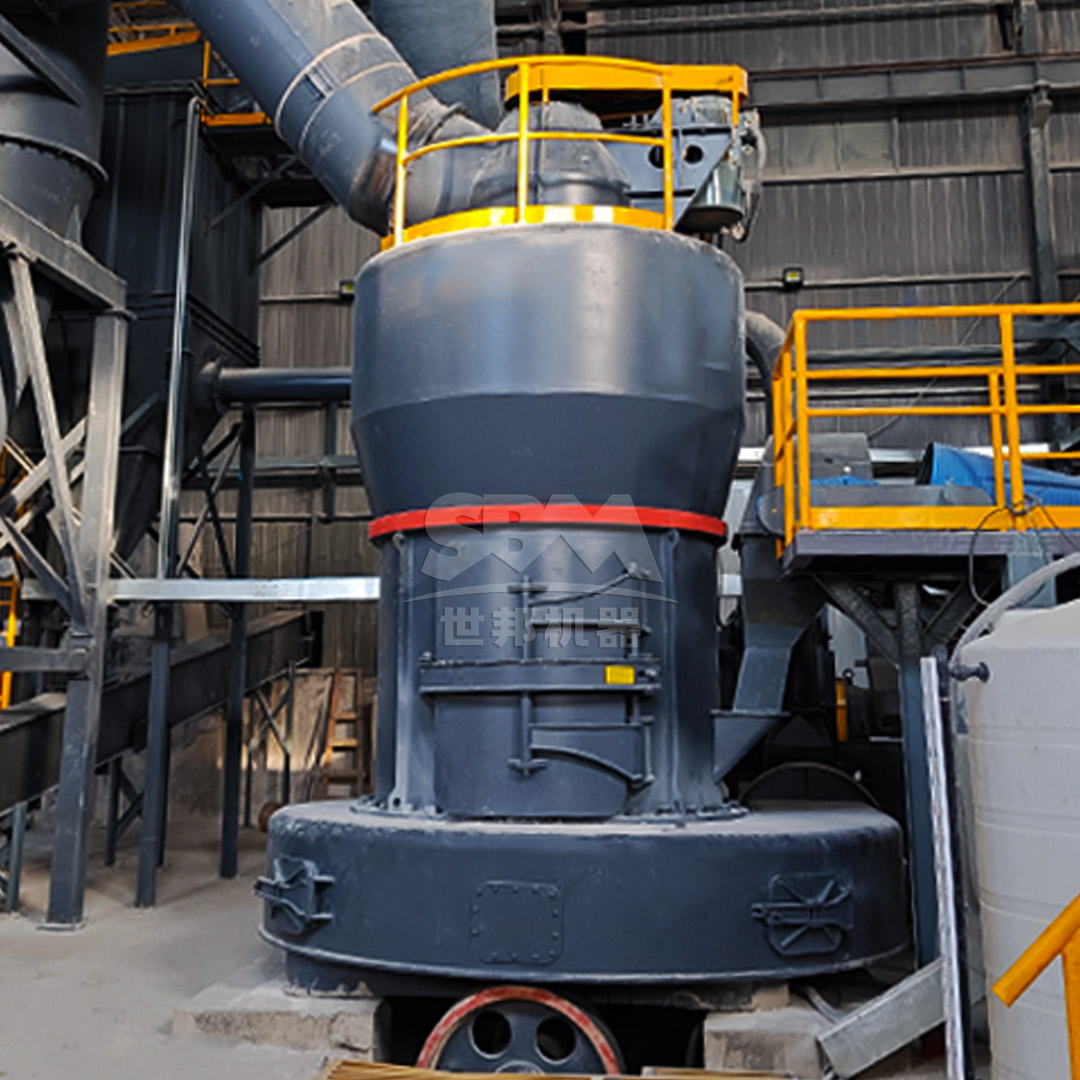The production of high-quality refractory materials begins with the precise processing of raw bauxite into finely ground powder. The selection of an appropriate grinding mill is crucial for achieving the desired particle size distribution, chemical purity, and physical properties required for refractory applications. This comprehensive guide explores the key factors to consider when choosing a bauxite powder mill and highlights technological solutions that optimize refractory production.
Bauxite, as the primary raw material for refractory products, requires careful processing to maintain its alumina content and minimize impurities. The grinding process significantly impacts the final product’s density, strength, and thermal stability. Understanding the relationship between mill selection and refractory performance is essential for manufacturers seeking to produce competitive products in today’s demanding markets.
Bauxite ore varies significantly in composition and physical properties depending on its geological origin. For refractory production, high-alumina bauxite with minimal iron, silica, and titanium impurities is preferred. The grinding process must preserve the crystalline structure of the alumina minerals while achieving the target fineness for optimal sintering and bonding.
Key bauxite properties affecting mill selection include:
The required production capacity directly influences mill selection. Small-scale refractory operations may suffice with equipment processing 1-5 tons per hour, while large industrial refractory plants often require mills capable of 20-50 tons per hour or more. It’s essential to consider both current needs and future expansion when selecting mill capacity.
Our MTW Series Trapezium Mill offers an excellent solution for medium to high-capacity refractory production, with models ranging from 3-45 tons per hour. The MTW215G model, with its 280kW main motor power and capacity of 15-45 tons per hour, provides the scalability needed for growing refractory operations while maintaining consistent product quality.
| Model | Capacity (t/h) | Main Motor Power (kW) | Output Fineness (mesh) | Max Feed Size (mm) |
|---|---|---|---|---|
| MTW110 | 3-9 | 55 | 10-325 | <30 |
| MTW138Z | 6-17 | 90 | 10-325 | <35 |
| MTW175G | 9.5-25 | 160 | 10-325 | <40 |
| MTW215G | 15-45 | 280 | 10-325 | <50 |
Refractory production demands precise control over particle size distribution to achieve optimal packing density and sintering behavior. Different refractory applications require specific fineness ranges:
For applications requiring ultra-fine bauxite powder, our SCM Ultrafine Mill delivers exceptional performance with output fineness ranging from 325-2500 mesh (D97≤5μm). The vertical turbine classifier ensures precise particle size control without coarse powder contamination, making it ideal for high-performance refractory production where consistent fineness is critical.

Grinding operations typically account for 30-60% of total energy consumption in refractory production. Selecting energy-efficient milling equipment significantly impacts operational costs and environmental compliance. Modern mills incorporate several energy-saving features:
The SCM Ultrafine Mill demonstrates remarkable energy efficiency, consuming 30% less energy compared to conventional jet mills while delivering twice the production capacity. This makes it particularly suitable for refractory producers facing rising energy costs and stringent environmental regulations.
Bauxite’s abrasive nature accelerates wear on grinding components, making material selection and maintenance accessibility critical factors in mill selection. Key considerations include:
Our grinding mills address these challenges through specialized wear-resistant materials in roller and ring components, extending service life several times compared to standard materials. The modular design of our MTW Series Trapezium Mill further simplifies maintenance with combination shovel blades that reduce replacement costs and downtime.
Vertical roller mills (VRMs) have gained popularity in bauxite processing due to their high grinding efficiency and ability to handle moist materials. The fundamental working principle involves material bed comminution between grinding rollers and a rotating table. Key advantages for refractory production include:
Our LM Series Vertical Roller Mill exemplifies these advantages with its集约化设计 that reduces footprint by 50% and lowers energy consumption by 30-40% compared to ball mill systems. The non-contact design between grinding rollers and the table extends wear part life threefold, significantly reducing operating costs for refractory producers.

For refractory applications demanding exceptionally fine bauxite powders, ultrafine grinding mills provide the necessary fineness control. These mills employ specialized grinding mechanisms and advanced classification systems to achieve particle sizes below 10μm. The SCM Ultrafine Mill utilizes a unique grinding principle:
Through main motor drive of triple-layer grinding rings, materials are dispersed to the grinding track by centrifugal force. After roller pressing and crushing, materials undergo layered grinding, with final powder collection accomplished by cyclone collector and pulse dust removal systems.
This technology delivers bauxite powder with D97 ≤ 5μm, meeting the most stringent requirements for advanced refractory formulations where ultra-fine fillers enhance density and thermal properties.
Trapezium mills represent a balanced solution for general refractory bauxite grinding applications, offering robust construction with moderate capital investment. The curved air duct design in our MTW Series reduces air flow resistance and improves transmission efficiency, while the integral transmission of bevel gear achieves 98% transmission efficiency.
These mills are particularly suitable for medium-scale refractory operations processing 5-25 tons per hour of bauxite powder in the 30-325 mesh range. The wear-resistant volute structure with non-blocking design enhances air classification efficiency and reduces maintenance costs by 30%.
Modern bauxite processing for refractory applications often involves integrated systems that combine crushing, grinding, classification, and collection operations. A well-designed integrated system offers several advantages:
Our grinding solutions can be supplied as complete systems including feeders, crushers, mills, classifiers, and dust collection equipment. This integrated approach ensures compatibility between components and optimizes overall system performance for refractory bauxite processing.
| System Component | Function | Recommended Models | Key Features |
|---|---|---|---|
| Primary Crushing | Reduce raw bauxite to mill feed size | Hammer Mill Series | High crushing ratio, wear-resistant liners |
| Fine Grinding | Achieve target fineness for refractory use | SCM Ultrafine Mill, MTW Series | Precise classification, energy efficient |
| Dust Collection | Capture bauxite dust for product recovery | Pulse Dust Collector | >99.9% efficiency, automatic operation |
| Automation | Monitor and control grinding parameters | PLC Control System | Real-time adjustment, remote monitoring |
Bauxite grinding operations present specific environmental and safety challenges that must be addressed through proper equipment selection and system design. Key considerations include:
Bauxite dust poses both health and explosion hazards, requiring efficient collection systems. Modern mills incorporate advanced dust control technologies:
Our grinding equipment features pulse dust collection technology with efficiency exceeding 99.9%, ensuring compliance with stringent international emission standards while maximizing product recovery.
Grinding operations generate significant noise that must be controlled to protect workers and meet regulatory requirements. Our mills incorporate multiple noise reduction technologies:

Selecting the appropriate bauxite mill requires careful economic analysis considering both capital and operating costs. Key financial factors include:
Our technical team can provide detailed economic analyses comparing different mill technologies for specific refractory production scenarios, helping customers make informed decisions that optimize both technical performance and economic return.
A leading refractory manufacturer recently upgraded their bauxite grinding circuit to improve product quality and reduce operating costs. The existing ball mill system produced inconsistent particle size distribution with high energy consumption and maintenance requirements.
After thorough technical evaluation, the company selected our SCM8021 Ultrafine Mill with the following results:
The finer, more consistent bauxite powder enabled development of premium refractory products with enhanced density and thermal shock resistance, commanding higher market prices and improving overall profitability.
The evolution of bauxite grinding technology continues to address the refractory industry’s changing needs. Emerging trends include:
Our R&D department continuously develops next-generation grinding technologies that anticipate these trends, ensuring our customers remain competitive in the evolving refractory market.
Selecting the right bauxite powder mill for refractory production requires careful consideration of multiple technical, economic, and operational factors. The optimal choice depends on specific production requirements, including capacity needs, fineness specifications, energy costs, and available capital investment.
Our comprehensive range of grinding equipment, including the SCM Ultrafine Mill for high-fineness applications and the MTW Series Trapezium Mill for general refractory production, provides solutions for diverse bauxite processing requirements. With advanced features such as precision classification, wear-resistant components, and energy-efficient designs, our mills deliver the performance and reliability needed for competitive refractory manufacturing.
We recommend consulting with our technical specialists to conduct a detailed analysis of your specific bauxite grinding requirements and identify the optimal mill configuration for your refractory production goals.